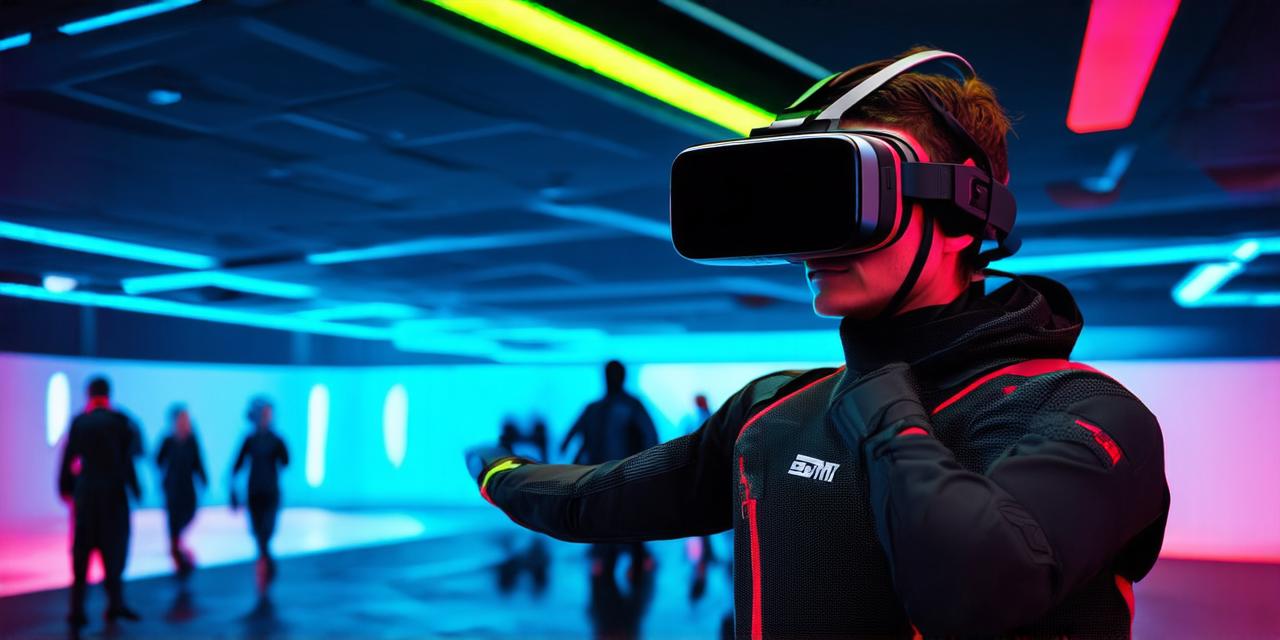Virtual reality (VR) is an immersive technology that has taken the world by storm. It offers a unique and interactive experience that can transport users into different worlds and environments, making it an ideal medium for gaming, education, and entertainment.
Understanding the basics of VR video creation
Before diving into the technical aspects of creating a VR video, it is essential to understand the basics of VR technology. VR videos are typically created using specialized software and hardware that allows users to capture and edit footage in a 360-degree environment. The footage is then stitched together to create an immersive experience for the viewer.
To create a VR video, you will need a high-end computer with powerful graphics cards and a camera capable of capturing 360-degree footage. You will also need specialized software such as Unity or Unreal Engine, which are commonly used to create VR experiences.
Planning your VR video
Before starting the actual creation process, it is important to plan out your VR video. This includes determining the storyline, setting, and characters that will be featured in the video. It is also important to consider the target audience for the video and what type of experience you want to create for them.
To ensure a seamless experience for the viewer, it is recommended to keep the VR video under 10 minutes in length. Any longer, and the viewer may become disoriented or lose interest. It is also important to consider the pacing of the video and make sure that there are moments of action, suspense, and resolution to keep the viewer engaged.
Creating the VR video
Once you have planned out your VR video, it is time to start the creation process. This involves capturing 360-degree footage using a camera and stitching it together using specialized software.
The first step in creating a VR video is to capture the 360-degree footage. This involves setting up the camera in the desired location and position, making sure that the entire environment is captured within the camera’s field of view. It is important to ensure that the lighting and sound are also captured correctly to create an immersive experience for the viewer.
Once the 360-degree footage has been captured, it is time to stitch it together using specialized software such as Unity or Unreal Engine. This involves importing the footage into the software, adjusting the position and orientation of the camera, and adding sound effects and other elements to create an interactive experience for the viewer.
Optimizing your VR video for SEO
To ensure that your VR video ranks high in search engine results, it is important to optimize it for SEO. This involves using relevant keywords and phrases in the title, description, and tags of the video, as well as incorporating them into the content of the video itself.
It is also important to ensure that the video is properly indexed by search engines. This can be done by submitting the video to popular VR platforms such as YouTube or Oculus TV, which will automatically index the video and make it discoverable to potential viewers.
